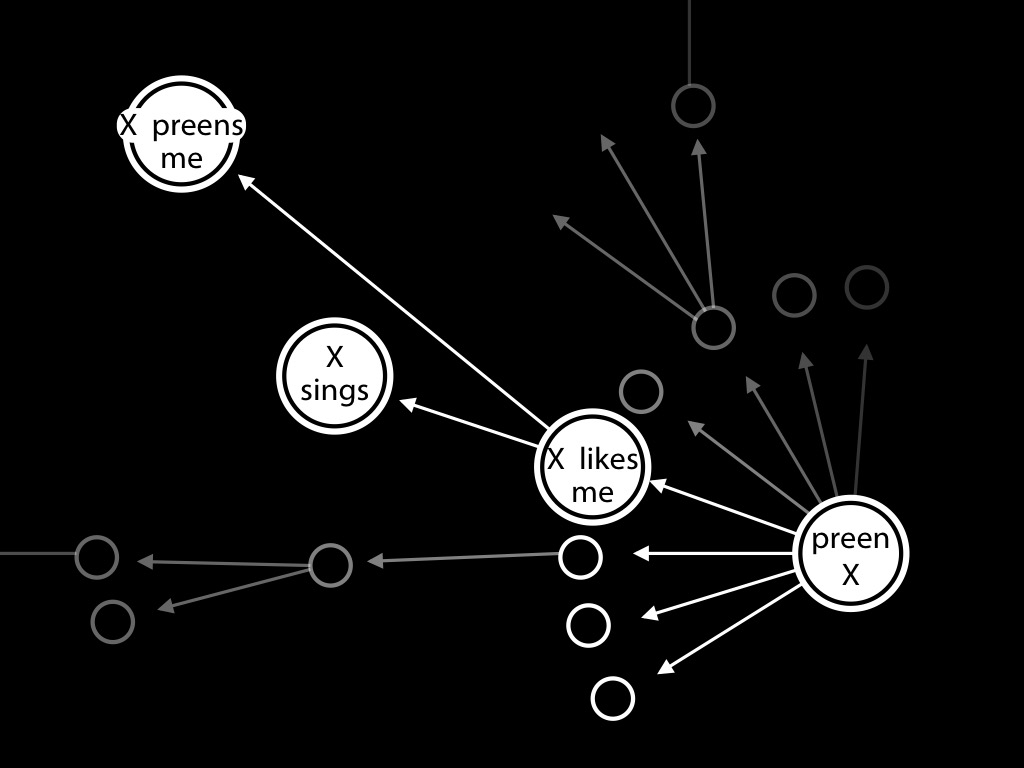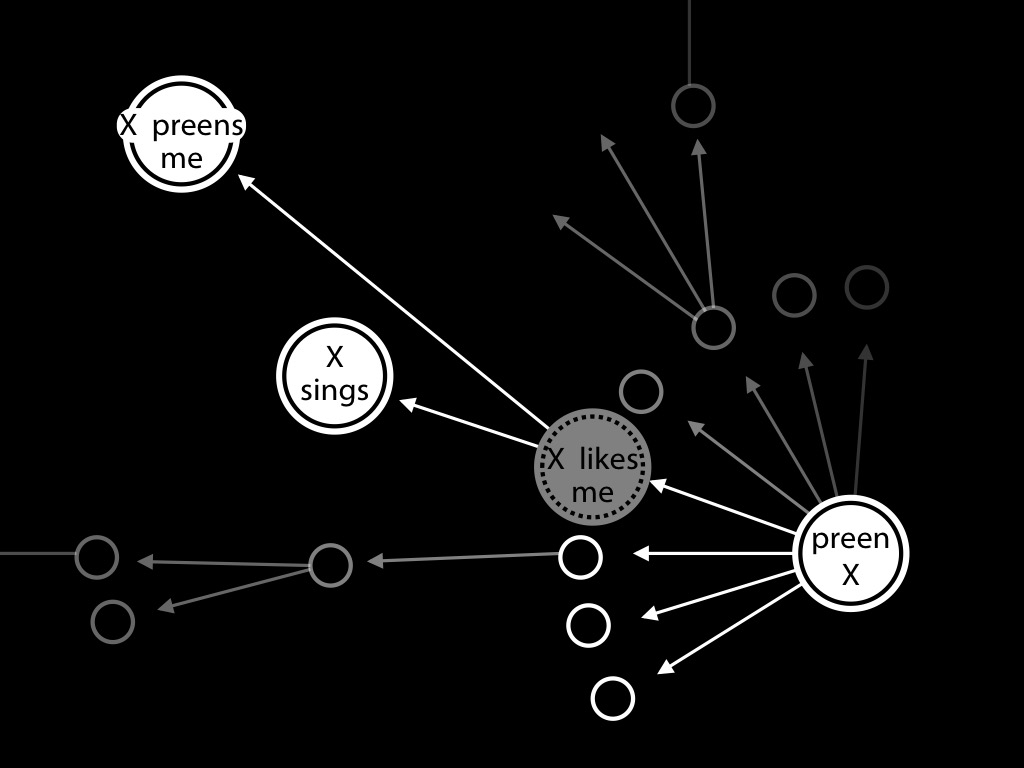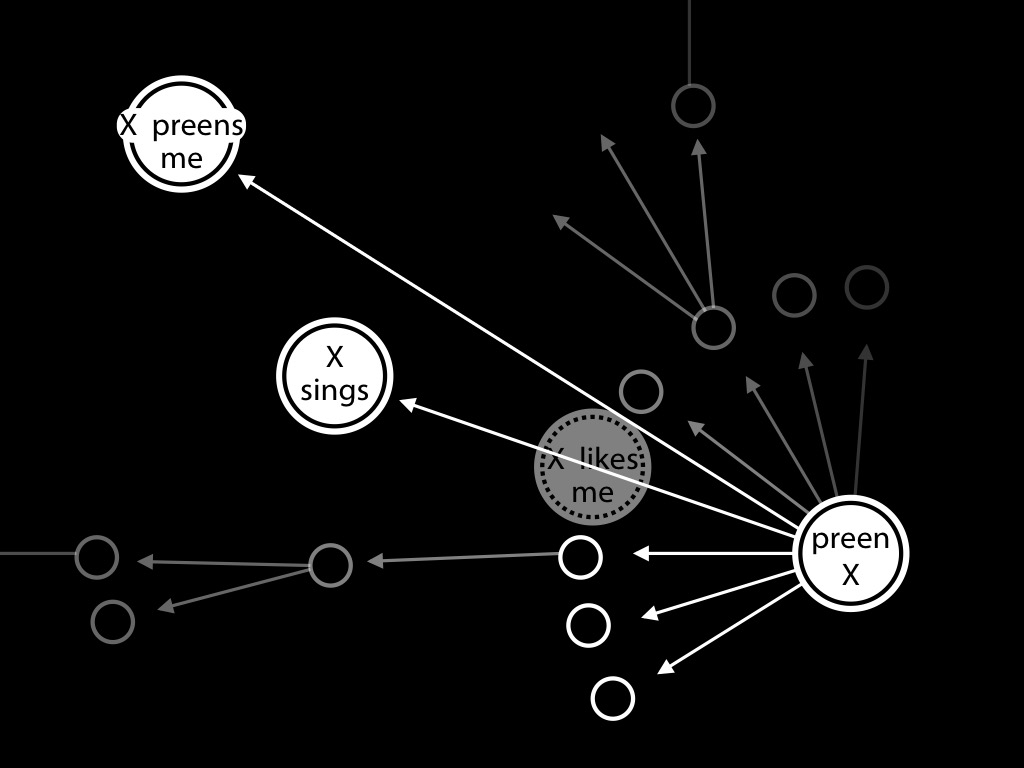Click here and press the right key for the next slide (or swipe left)
also ...
Press the left key to go backwards (or swipe right)
Press n to toggle whether notes are shown (or add '?notes' to the url before the #)
Press m or double tap to slide thumbnails (menu)
Press ? at any time to show the keyboard shortcuts
Tracking vs Representing Mental States
Premack & Woodruff, 1978 p. 515
Which action an ape predicts another will perform
depends to some extent on
what the other sees, knows or believes.
theory of mind abilities
vs
theory of mind cognition



Tracking mental states does not imply representing them.
Mindreading is the ability to track others’ mental states
Theory of mind ability
Mindreading is the ability to represent others’ mental states
Theory of mind cognition
Krupenye et al, 2016
(Premack & Woodruff 1978: 515)
Which action an ape predicts another will perform
depends to some extent on
what the other sees, knows or believes.
Theory of mind abilities are widespread
18-month-olds point to inform, and predict actions based on false beliefs.
Scrub-jays selectively re-cache their food in ways that deprive competitors of knowledge of its location.
Chimpanzees conceal their approach from a competitor’s view, and act in ways that are optimal given what another has seen.